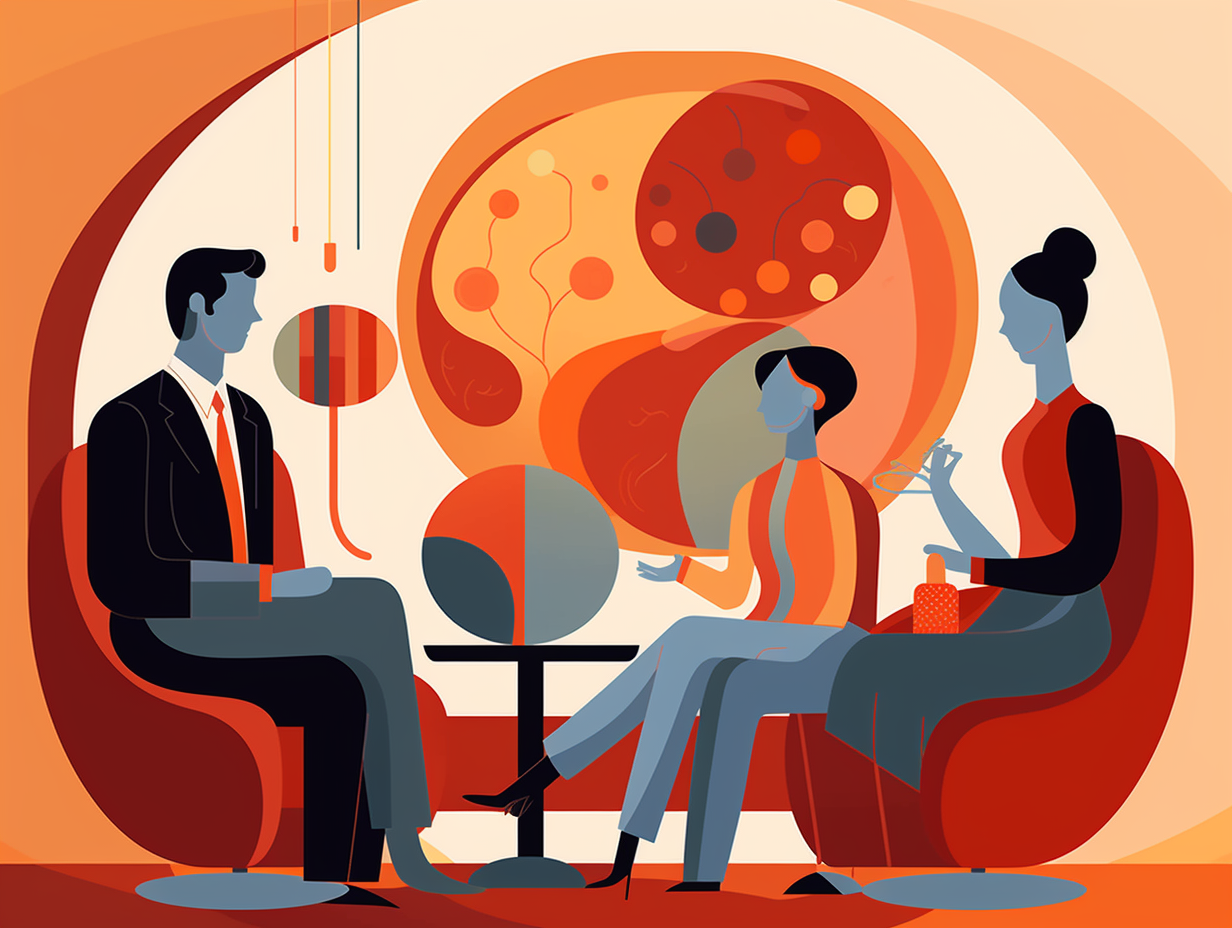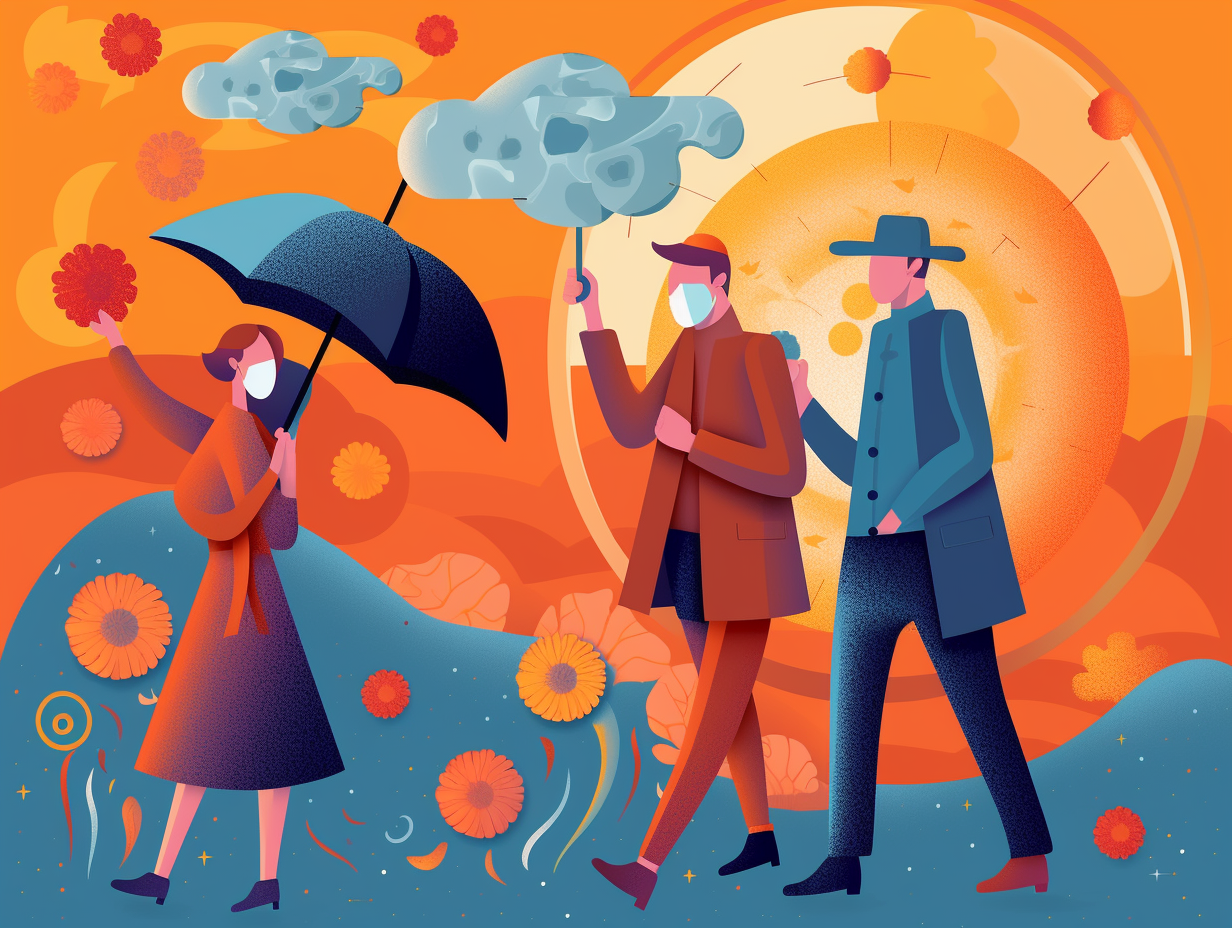Discover the Intriguing World of Veins: Top 12 Unexpected and Entertaining Facts You Never Knew!
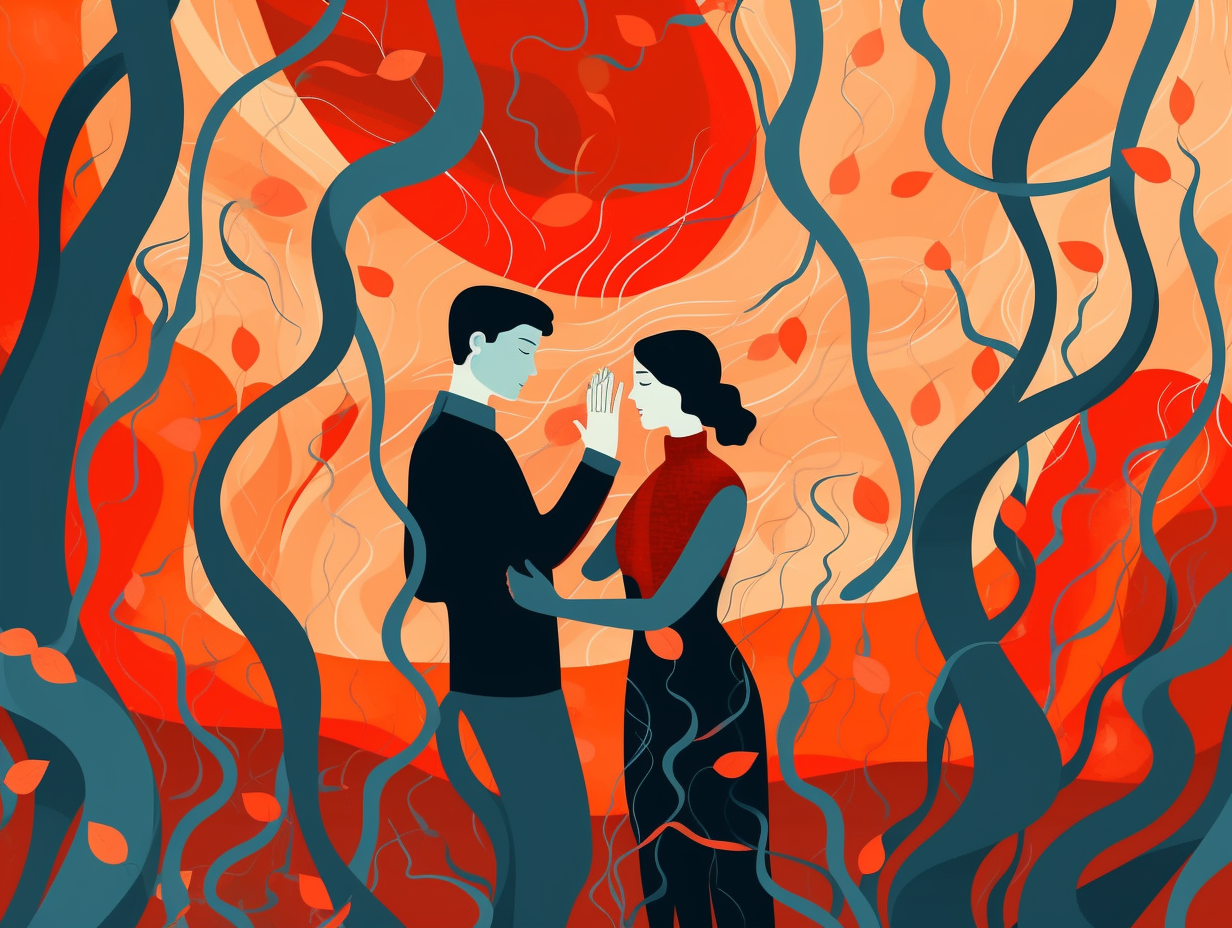
1. Veins' Hot Potato Game
Did you know that veins play a crucial role in a lifelong game of "hot potato" with our blood, passing it back and forth with our heart? It's true: Veins carry oxygen-poor blood from the body to the heart's right atrium, which then sends it to the lungs for a much-needed O2 top-up before returning it via pulmonary veins for another round of life-sustaining circulation.
Source => nhlbi.nih.gov
2. Temperature-Savvy Veins
Veins: the body's very own thermostat and connoisseurs of the perfect Goldilocks temperature! These blood superhighways can huff, puff, and adjust their size to warm us up or cool us down in a heartbeat: By dilating to increase blood flow to the skin's surface, veins release excess heat when temperatures rise and constrict to conserve heat during chills, ensuring our bodies maintain that just-right balance on their ongoing journey through life.
Source => blood.co.uk

Did you know our veins are like the superhero of the human body? Discover how they can stretch up to eight times their diameter to adapt to blood flow changes! 🦸♂️🩸
=> Fun Facts about The-Circulatory-System
3. Double-Decker Vein Express
Step aside, double-decker buses of London: the superior vena cava and inferior vena cava are giving you a run for your money! These titanic transit tubes conquer our inner highways, delivering deoxygenated blood from our upper and lower bodies to the bustling heart station: As the largest veins in the human body, the superior vena cava shuttles blood from the upper half, while the inferior vena cava manages the lower half, ensuring our heart's timely oxygenation and blood distribution.
Source => my.clevelandclinic.org
4. Saphenous Vein Side Gig
Did you know your saphenous veins moonlight as surgical assistants? That's right, they're more than just a pretty face in your leg, helping your blood make a U-turn: In coronary artery bypass grafting, surgeons repurpose these underrated veins as detours for blood flow around blocked arteries, making them the unsung heroes of the circulatory system.
Source => my.clevelandclinic.org
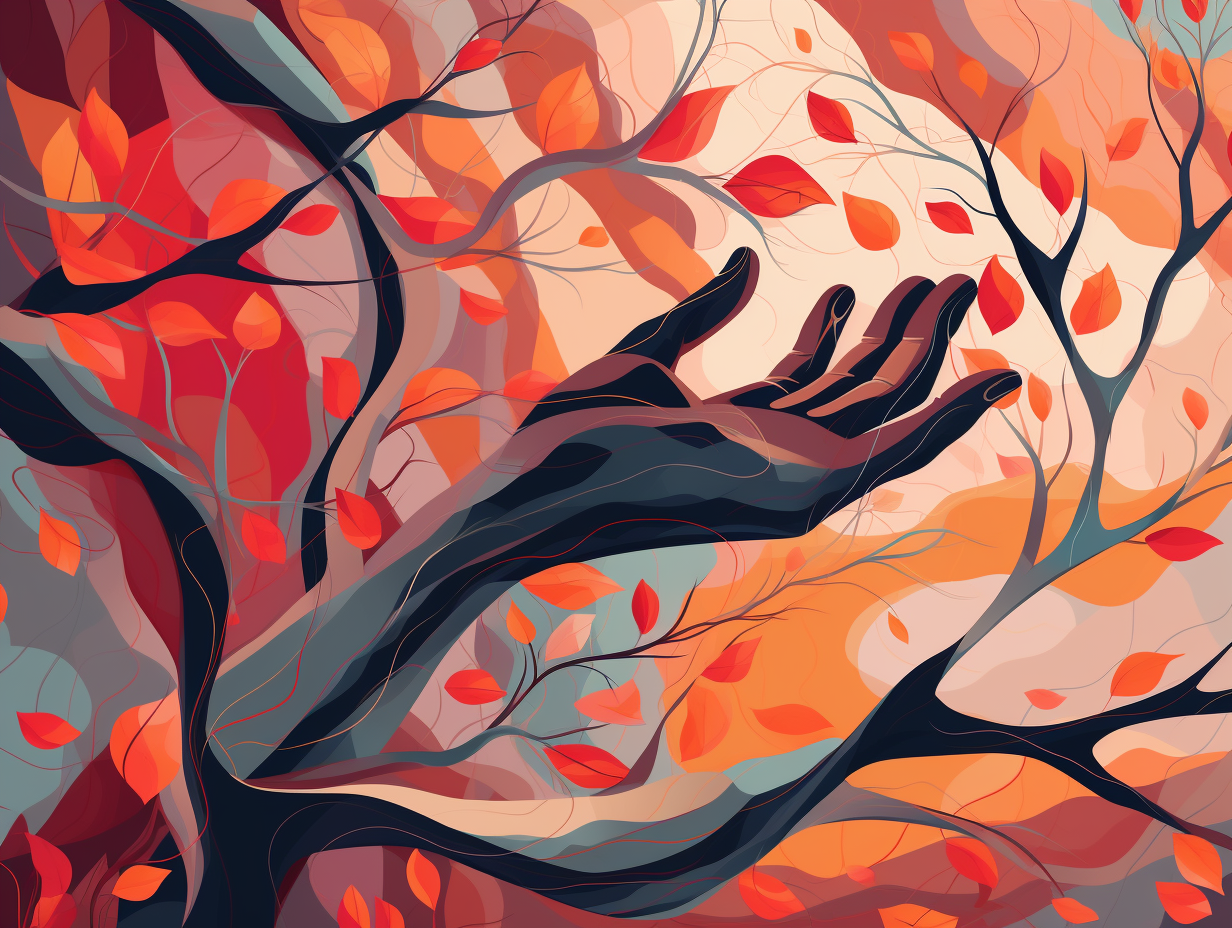
5. Weightlifters' Popeye Arms
You might think Popeye got those "sailor man" arms from spinach, but I propose an alternative explanation: weightlifting! Seriously though: bulging hand veins are often seen in weightlifters since their hard-developed muscles push the veins to the surface, making them appear rope-like and more visible.
Source => txvwi.com
6. Veins: Card Sharks of Circulation
In the great poker game of life, your veins could be considered the ultimate card sharks, stealthily keeping blood flowing only in the direction of your heart: Enter William Harvey, the brave biologist who made waves in the medical realm by revealing that sneaky valves in our veins work to circulate blood around the body and back to the heart, forever changing the way we comprehend circulation.
Source => ncbi.nlm.nih.gov
7. Blue-Tinted Vein Mystery
Trying to live life through blue-tinted glasses leads to veins with a case of the blues as well: Human veins tend to appear in shades of blue or green due to factors such as the diameter and thickness of vein walls, skin absorption of blue light, and the dark color of deoxygenated blood, despite their actual reddish-brown color.
Source => thoughtco.com
8. Serpents of Saphira's Dark Side
Veins, those sly Serpents of Saphira, have a darker secret beneath their scaly surfaces. When they're not slinking around delivering us life's crimson elixir, they can become the villainous henchmen to a range of dastardly disorders: Deep-vein thrombophlebitis can lead to blood clot formation, impaired blood outflow, and even a potentially life-threatening pulmonary embolism. So if you spot a swollen vein that won't vanish or experience unexplained swelling in your limbs, it's time for a doctor's intervention to thwart this serpentine scheme.
Source => hopkinsmedicine.org
9. Spider Veins: Skin's Spooky Guests
Spooky spiders haunting your skin or just playing connect-the-dots? Beware of telangiectasias: these tiny, dilated blood vessels, known as spider veins, can signal autoimmune diseases like scleroderma, dermatomyositis, or lupus – and their web extends to sun-damaged skin, pregnancies, liver disease, and chronic corticosteroid use. But fear not, for laser therapy and electrodessication can zap these pesky intruders into oblivion!
Source => hss.edu
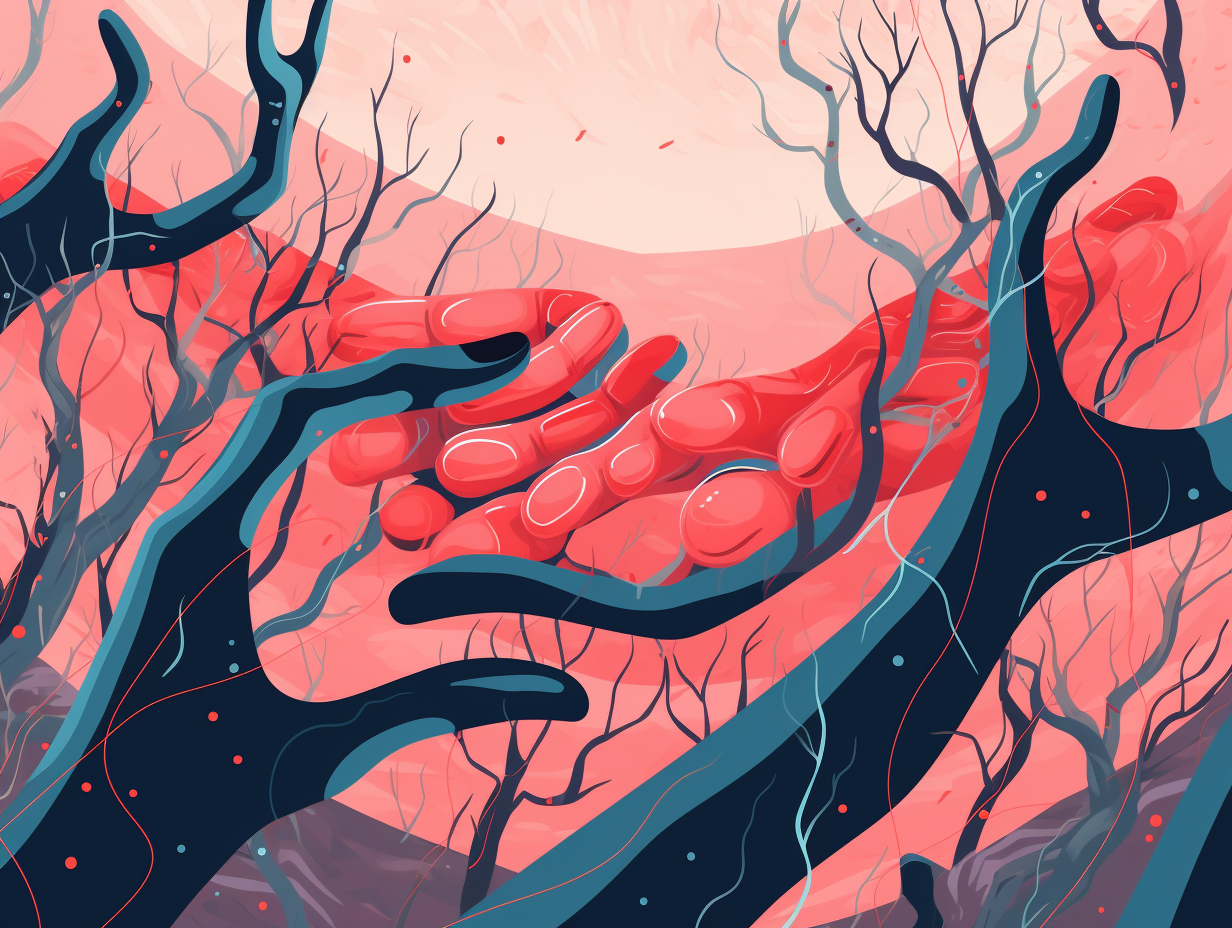
10. Blue Baby Syndrome
We're not talking about "feeling blue," but baby blues of a whole different kind: Infants under 12 months can develop methemoglobinemia or "blue baby syndrome," causing their skin to turn blue due to insufficient oxygen in the blood, often resulting from exposure to certain substances or health issues. Don't just shrug it off as a Smurf cosplay gone wrong; parents must swiftly consult a doctor when they spot a bluish tint on their little one, as severe cases could lead to fatal consequences and require treatments such as methylene blue or blood transfusions.
Source => dhs.wisconsin.gov
11. Vampires' Porphyria Secret
Vampires beware, your secret's out: Believe it or not, the blood-sucking, garlic-avoiding, mirror-shunning characteristics attributed to Transylvanian undead might have originated from a rare genetic blood disorder called porphyria. This condition could cause symptoms such as sensitivity to sunlight, facial disfigurement, and tooth decay — talk about a fang-tastic reason behind the folklore!
Source => queensu.ca
12. Winter Warriors & Blood Pressure
Veins, the body's original winter warriors, might just get a little too cool for their own good when Old Man Winter comes to town: As temperatures drop, our blood vessels, including veins, temporarily constrict to conserve heat, which can actually lead to an increase in blood pressure due to the extra force needed to pump blood through these narrowed passages. While it can happen to anyone, folks over 65 tend to experience this chilly consequence more often, and other meteorological hijinks like humidity, pressure, and wind changes can elicit similar effects.
Source => mayoclinic.org
Related Fun Facts






